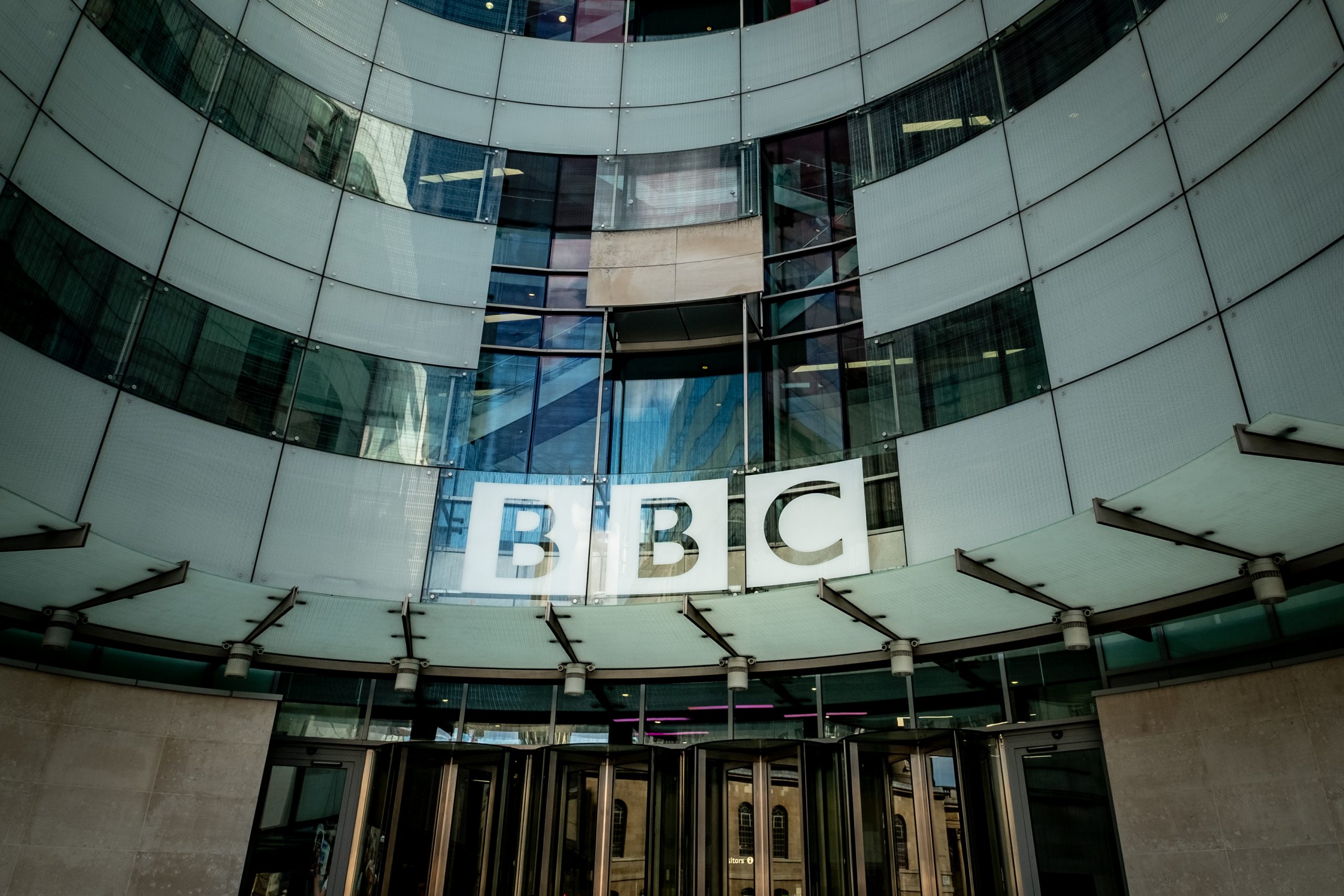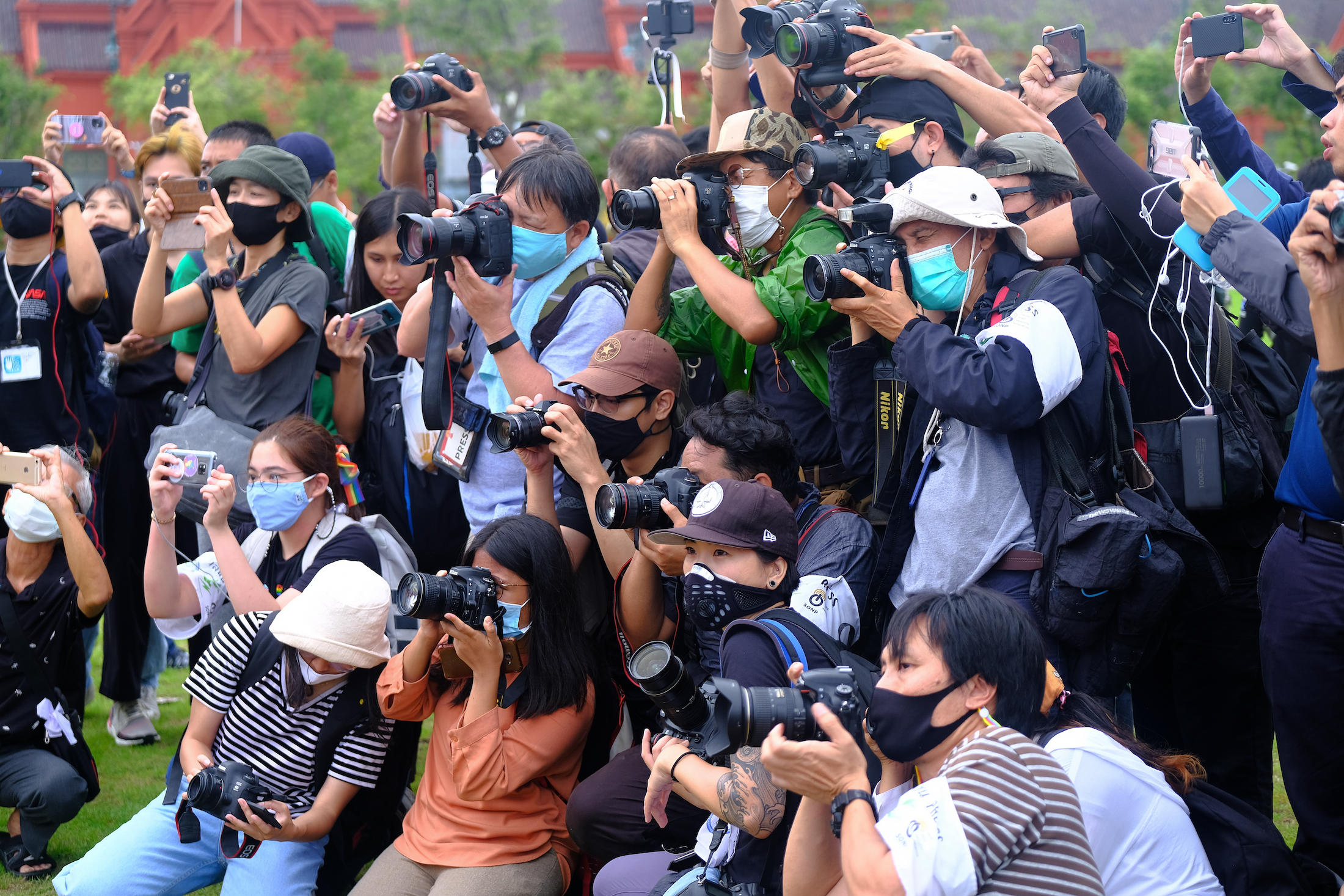Artificial Intelligence: A protective tool for journalists?
30th September 2024
Some public and independent broadcasters have implemented AI tools in innovative ways to protect both the identity of sources or, journalists themselves.

– By Charlotte Pion
AI has often been criticised for the threats it brings to the journalistic profession.
But beyond its dangers, AI technology has also brought new opportunities and tools to help journalists in their working process. Much of this has been geared towards making administrative or labour intensive tasks – such as transcription software – simpler and faster.
But in certain cases, AI tools have been used by media organisations to protect the identity of their journalists or their sources.
Deepfakes & sources: how to use AI positively
With the rapid evolution of AI technology, France Télévisions sought to use AI to deal with a problem with significant ethical implications: How to protect the identity of anonymised sources in filmed reports?
The public broadcaster ran tests which revealed that the traditional solutions to protect the anonymity of their witnesses, such as the blurring of faces or voice distortion, became easy to get round. The tests revealed that through image-editing software, often equipped with AI tools, it was possible to recreate facial composites from blurred faces. The same applied to camouflaged voices, which can be easily adjusted using audio editing programmes.
Read more: Public Service Media and Generative AI
To first address this issue, in 2023, the French broadcaster established a Charter of Anonymity with rules on how to ensure the protection of the identity of its sources. Instead of voice make up, statements were read by third parties or by a computer-generated voice. The face of witnesses and their surroundings could not be directly filmed by fear of revealing their whereabouts.
But France TV also considered how a technique that usually plagues social media platforms, and has been used to spread disinformation, could be used for a more virtuous goal. Eric Scherer, Head of the News MediaLab and Director for International Relations at France Télévisions told PMA that they used deepfake technology “for good” as a way of guaranteeing the anonymity of their sources.
Podcast: Listen to how public media use Artificial Intelligence
In the documentary « Nous, Jeunesse d’Iran », the public broadcaster used artificial intelligence to create avatars to replace the faces of the people appearing in the footage which was featured in the documentary.
This decision was taken when the director realised that the safety of the participants was clearly at risk if their involvement in the documentary was discovered.
“AI is a dangerous tool to use, and we have to be very careful while using it” – Eric Scherer, Head of the News MediaLab and Director for International Relations at France Télévisions

“In Iran, if you talk to a foreign media outlet, they come down on you” explained the director of the documentary, Solène Chalvon-Fioriti. “If you have been put on file and had your photo taken, the authorities have facial recognition techniques and tools to recognise you,”. Solène Chalvon-Fioriti used this technology to convey the emotions of the women she interviewed, while still protecting their identity.
But the use of deepfakes raised some questions within France Télévisions. As Eric Scherer told PMA, they are not sure whether they would use this technology again, as “AI is a dangerous tool to use, and we have to be very careful while using it”.
The use of deepfakes is divisive. But as the Deputy Director of News at France Télévisions, Pascal Doucet-Bon, stated, “it is imperative that the group protect its sources, with an unassailable means of anonymisation”.
AI as a shield to protect journalists
In Venezuela meanwhile, AI is also being put to use as a means of protecting journalists.
Amidst a violent crackdown against independent media and journalists surrounding the controversial re-election of the authoritarian President Nicolás Maduro, a group of independent media outlets have created a show using AI generated anchors to protect the identity of their journalists. The Girl and The Dude both present a news programme with content coming from different independent news media organisations.
The “Venezuela Retweets” initiative came from the Colombia-based organisation for journalistic innovation Connectas, and aimed to publish news from several independent media outlets in Venezuela while bypassing the persecution and increasing repression from the government.
“Right now, being a journalist in Venezuela is a bit like being a firefighter,” said Carlos Eduardo Huertas, the Director of Connectas who coordinated the launch of Venezuela Retweets, to CNN. Since mid-June, 16 journalists have been arrested and eight of them remain detained on charges that include terrorism.
In this climate, journalists and media outlets started taking more action to protect themselves, such as reporting in pairs or removing bylines from their pieces.
“Although we were generated by AI, our content is real, verified, of high quality, and created by journalists” – The Girl, AI generated news anchor
As heavy restriction of press freedom in the country were put in place by the Maduro government, many people turned to social media platforms to source their news.
The format of Venezuela Retweets was designed to be shared on social media, where censoring of content is more complicated. The two AI generated anchors have been spreading news reports made and verified by real journalists.
The project was a part of the Venezuela Vota and La Hora de Venezuela media initiatives, which gathered several independent media outlets often blocked by the government, and who reported on the elections in June.
Transparency is vital
One key element for France Télévisions and the Venezuela Retweets initiative, was to be absolutely transparent about their use of AI in their work.
It was made clear from the beginning that the two news anchors were AI generated characters. “Before we continue, in case you haven’t noticed, we want to tell you that we are not real,” The Girl told the audience. “Although we were generated by AI, our content is real, verified, of high quality, and created by journalists”.
Eric Scherer told PMA it was vital for France Télévisions to make people aware that the AI deep fake technology had been used for certain sequences of the documentary. Warnings appeared at the beginning and at the end of the documentary while buttons notified the audience when the deep fakes were being shown.
Related Posts
11th September 2024
ABC Assist: Designing an AI application for responsibility in the UX
ABC's Digital Product team developed…
10th January 2024
Why newsrooms need to prioritise journalist safety in 2024
Media consultant Hannah Storm discusses…



